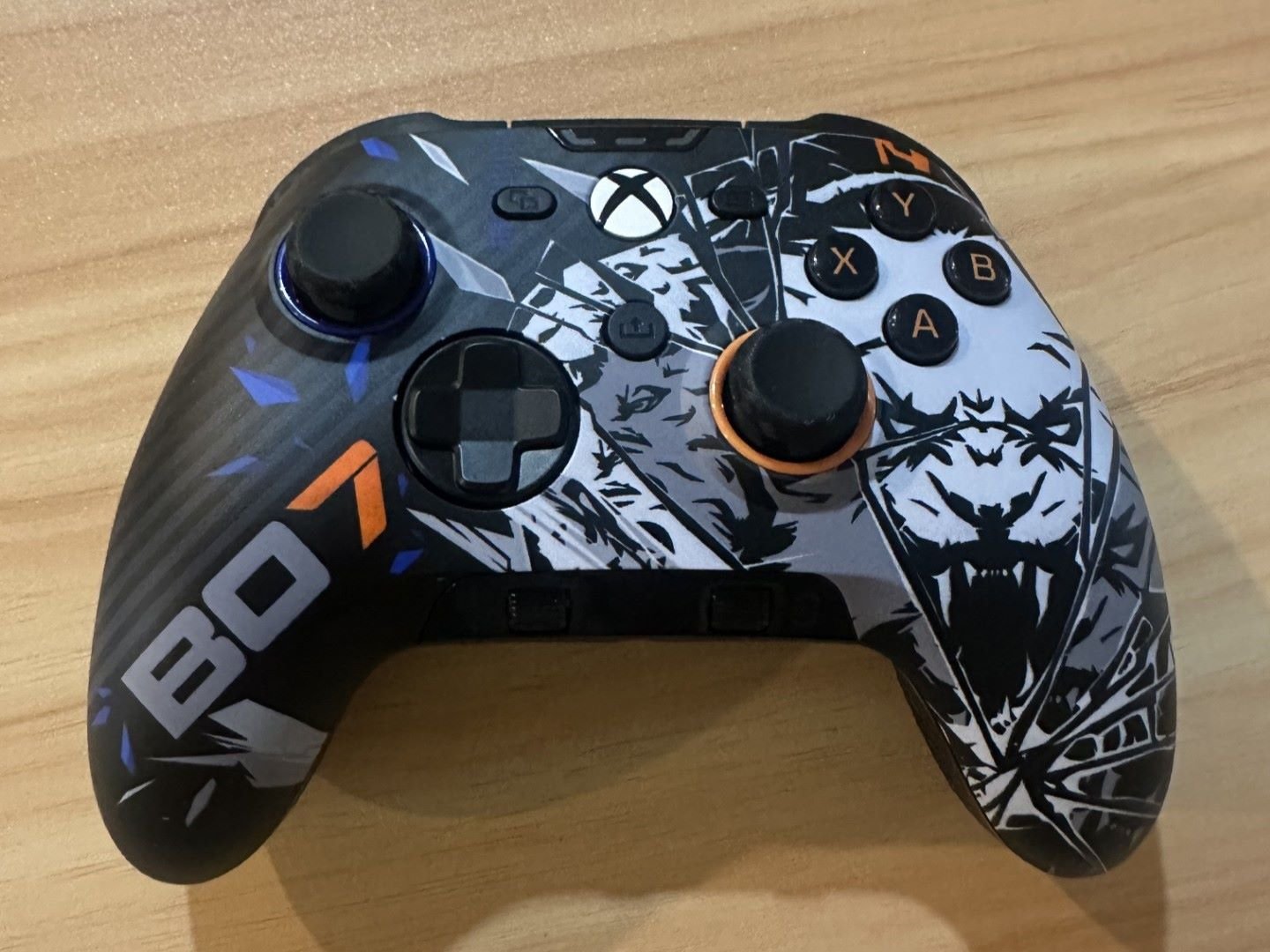The further we get into the eighth generation of gaming, the larger games seem to get. Back in 2013, when the PlayStation 4 and Xbox One originally launched, they included relatively small 500 GB hard drives that could be filled up with just a few games. Since then, new models of each console have been released that include more storage, but load times have been an ever-increasing problem.
With the rise of 4K gaming looming upon us and the increasing size of game installs and load times, gamers are looking for ways to get better performance out of their consoles. Our friends at Western Digital have provided us with a 1 TB WD Blue Solid State Drive to review and get some benchmarks.
Specs & Comparison
While this drive would primarily be used as a replacement for the PS4’s internal hard drive, they can also be used externally on both the PS4 and Xbox One with the use of a Sata to USB 3.0 adapter. I will be testing out the WD Blue SSD, internally and externally, compared to the stock drives that come with a PS4 and Xbox One. For these tests I will be using a few different games for each system and performing the noted loads four times and calculating the average time. Each test is ran 8 times with the last four times being averaged.
Uncharted 4 (PS4)
Initial Load
Stock HDD WD Blue SSD
0:28 0:20
WD MyPassport (Ext) WD Blue SSD (Ext)
0:27 0:20
New Game Load
Stock HDD WD Blue SSD
0:35 0:34
WD MyPassport (Ext) WD Blue SSD (Ext)
0:38 0:34
Uncharted 4 provided interesting results. While the SSD was faster than the stock PS4 HDD, it wasn’t by a significant margin. Utilizing the USB 3.0 ports on the PS4 should also have theoretically provided better performance than the internal SATA 2 connection.
The Witcher 3 (PS4)
Loading a new game save
Stock HDD WD Blue SSD
0:24 0:15
WD MyPassport (Ext) WD Blue SSD (Ext)
0:26 0:15
Once again we see the external HDD performing a couple seconds behind the SSD. The SSD however, chugs out the same performance regardless of how it is used.
Street Fighter V (PS4)
Loading a fight
Stock HDD WD Blue SSD
0:18 0:14
WD MyPassport (Ext) WD Blue SSD (Ext)
0:17 0:14
Street Fighter V shows the results I was expecting to see from my two prior test games. Each drive lowers loads over that of the stock PS4 HDD.
Halo 5 (Xbox One)
Initial Load
Stock HDD WD MyPassport (Ext)
0:45 0:41
WD Blue SSD (Ext)
0:33
Level Load
Stock HDD WD MyPassport (Ext)
0:29 0:25
WD Blue SSD (Ext)
0:14
Halo 5 outputs the exact results I would expect from a hard drive benchmark test. Hooking up any external drive instantly provides a slight performance boost and each tier only makes it quicker.
Rise of the Tomb Raider (Xbox One)
Initial Load
Stock HDD WD MyPassport (Ext)
0:28 0:27
WD Blue SSD (Ext)
0:21
Save game load
Stock HDD WD MyPassport (Ext)
0:25 0:24
WD Blue SSD (Ext)
0:17
Rise of the Tomb Raider also benefits from external storage. As expected, the SSD perfomed over 6 seconds faster.
If you are determined to get the fastest loads no matter what for your console of choice, the WD Blue SSD won’t let you down. I personally can not recommend doing this for a console though. With the high price of a higher capacity SSD, the minor performance gains just cant justify the expense. Unless you are concerned about loading into Battlefield and grabbing a vehicle before the others load in.
Verdict
Regardless of which option you choose, I would highly recommend running each drive off a SATA to USB adapter. Since performance is generally only improved over USB, this will save PS4 owners the trouble of having to reinstall their system OS. It also allows each drive to be used on an Xbox One. What do you think of these results? Did any of them surprise you? Leave a comment below!
Amazon Affiliate Links: 1TB SSD , SATA-USB 3.0 Adapter

























